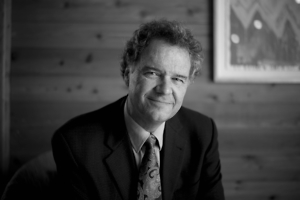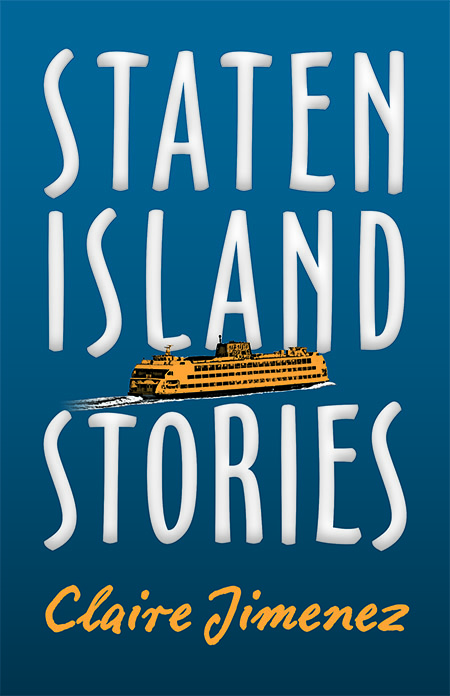The Scourge of War and the Perils of Peace
In The Thin Light of Freedom, Edward L. Ayers reconsiders the Civil War through two communities on opposite sides
In recent months, Faulkner’s oft-repeated aphorism—”The past is never dead. It’s not even past”—seems more relevant than ever, particularly regarding the Civil War and its legacy. A history which once seemed settled is undergoing radical revision, with sometimes violent conflicts over the placement of Confederate monuments erupting alongside the opening of new historic exhibits—like the Legacy Museum in Montgomery, Alabama—designed to educate the public about the roots of racism. “Our stories of the American Civil War and Reconstruction keep changing,” writes historian Edward L. Ayers. “In our own time, we can see that the Civil War and its consequences, straightforward and familiar at a distance, prove intricate and surprising when considered at close range.”

With The Thin Light of Freedom: The Civil War and Emancipation in the Heart of America, his newest work of Civil War scholarship, Ayers illuminates the intricacies of the undead past through the experience of two communities—one Northern, one Southern—occupied by invading armies made up of their own former countrymen.
Winner of a host of honors, including the Pulitzer Prize and the National Humanities Medal, Ayers has long been revered for the depth and breadth of his research and for his fluent, lucid writing. The Thin Light of Freedom , recipient of the 2018 Lincoln Prize for the best nonfiction historical work on the American Civil War, resumes the narrative Ayers began with In the Presence of Mine Enemies (2003). At the center of the two volumes is the war’s turning point: Lee’s decision to lead the Army of Northern Virginia into Pennsylvania before being repelled by his defeat at the Battle of Gettysburg.
Ayers pointedly observes that while Gettysburg can now rightly be judged as the beginning of the end for the Confederacy, much of the war remained to be fought. “Hindsight reminds us that as many months of war would be waged after the battle as before, with as many lives lost and as much at stake,” Ayers writes. “There was no denying that the Civil War remained profoundly in doubt in August 1863, when the Army of Northern Virginia and the Army of the Potomac returned to almost exactly the same places they had occupied before the Great Invasion.”
 Ayers strengthens the force of his analysis by exploring the war and Reconstruction intimately, through the citizens of two counties—one Confederate, one Union—which shared a number of similarities. Augusta County, Virginia, and Franklin County, Pennsylvania, suffered enormous losses both before and after enemy armies took control of their county seats. “The losses on both sides had devastated hundreds of families, leaving widows and orphans and grieving parents in every community in both counties,” Ayers writes. “No one in the summer of 1863 could calculate how much more the people of Augusta and Franklin would have to give, nor how or when the grinding war would end.”
Ayers strengthens the force of his analysis by exploring the war and Reconstruction intimately, through the citizens of two counties—one Confederate, one Union—which shared a number of similarities. Augusta County, Virginia, and Franklin County, Pennsylvania, suffered enormous losses both before and after enemy armies took control of their county seats. “The losses on both sides had devastated hundreds of families, leaving widows and orphans and grieving parents in every community in both counties,” Ayers writes. “No one in the summer of 1863 could calculate how much more the people of Augusta and Franklin would have to give, nor how or when the grinding war would end.”
Ayers deftly interweaves the stories of the men and women of Augusta and Franklin counties with the doings of the more familiar names of Civil War and Reconstruction history—Grant and Lee, Lincoln, Davis, Johnson, et. al. This approach illuminates the precariousness of life on both sides of the Mason-Dixon Line before and after Appomattox: the influence of local and national elections on the course of the war, the interplay of military and political strategies and tactics (including the machinations of the Democratic Party to oust Lincoln from office and make peace with the Confederacy), and, most of all, the emotions of those who felt the war most closely. Ayers narrates the journey from Gettysburg to Reconstruction through the eyes of slaves and freedmen, farmers and journalists, wives and sisters and widows, clarifying how significant every individual life and choice was to the fate of the Union.
The Thin Light of Freedom is thus of particular relevance to our own time, as we see the ripple effects of local happenings on the national and even the global stages—when events in places like Parkland, Florida; Ferguson, Missouri; or Charlottesville, Virginia, sound loudly across the country and around the world as harbingers of a new time of crisis. Ayers also clarifies succinctly how historical turning points can be seen only in retrospect, and how much perseverance and resilience the journey demands of every American before their chapter of history ends and another generation’s begins.

Ed Tarkington’s debut novel, Only Love Can Break Your Heart, was published by Algonquin Books in January 2016. He lives in Nashville.


